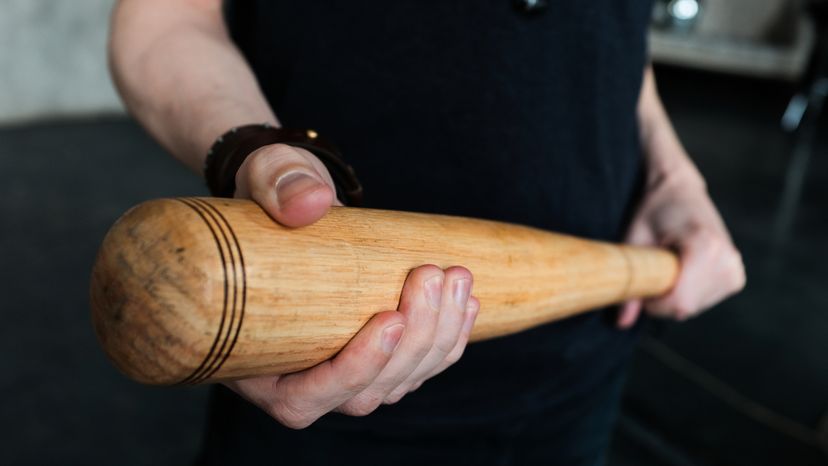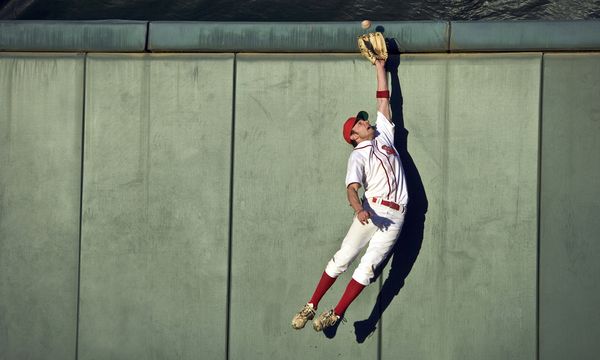It was No. 33 on ESPN's list of The 100 Most Memorable Moments of the Past 25 Years: Sammy Sosa, batting against the Devil Rays on June 4, 2003, shatters his bat on a hit against pitcher Jeremi Gonzalez. When umpire Tim McClelland picks up the splintered lumber, he spots a piece of cork wedged into the barrel. The incident left egg on Sosa's face and stirred up one of baseball's biggest controversies: Do corked bats give hitters an unfair advantage?
To answer that question it helps to understand, literally, the ins and outs of corked bats. A regulation Major League baseball bat is a solid piece of lumber typically fashioned from either ash or maple wood. Derek Jeter, for example, swings a Louisville Slugger made from ash. It's 34 inches long and weighs 32 ounces (86 centimeters and 907 grams). Now take Jeter's bat and drill a cavity, lengthwise, into the barrel. Make sure the diameter of the cavity is approximately 1 inch (2.5 centimeters) and that it reaches a depth of about 10 inches (25.4 centimeters). Fill the borehole with a lightweight material, such as cork or Styrofoam. Heck, if you have a few Super Balls lying around, you can shred them up and drop the rubber pieces into the cavity. Finally, plug up the hole with wood filler so your handiwork can't be detected. When you're done, you have a corked bat. But why go to the trouble?
Advertisement
Well, with wood removed from the barrel, the bat is lighter. We can calculate how much because we know the dimensions of the borehole. The volume of a cylinder is given by the following equation:
V = πr2h
So, the volume of a 1-inch-diameter hole drilled 10 inches into a bat would be:
V = (3.14)(0.5 inches)(0.5 inches)(10 inches) = 7.85 cubic inches = 0.0045 cubic feet = 0.00013 cubic meters
Now we can calculate the mass of the bored-out wood using the equation for density (d = m/V) and looking up the density for white ash wood, which is 670 kilograms/cubic meter [source: SI Metric]:
m = dv = (670 kilograms/cubic meter)(0.00013 cubic meters) = 0.0871 kilograms = 3.07 ounces
That means if you bored out Derek Jeter's bat, it would weigh about 29 ounces (822 grams). Of course, you're filling the borehole, so you need to account for the weight of the cork. Assuming the cork occupies the same volume as the hole and taking the density of solid cork to be 240 kilograms/cubic meter, we can calculate the weight of the cork filler [source: SI Metric]:
m = dv = (240 kilograms/cubic meter)(0.00013 cubic meters) = 0.0312 kilograms = 1.1 ounces
So, a corked bat weighs about 2 ounces (almost 57 grams) less than a regulation bat. For Derek Jeter, this would mean swinging a 30-ounce (850-gram) bat instead of a 32-ounce (907-gram) one. Moreover, filling a wood bat with cork changes its center of gravity, shifting it closer to the hands of the batter. These two effects combine to make the stick easier to swing, which means a batter can get it around with more velocity.
Does this really matter? It does, and we'll tell you why next.
Advertisement


